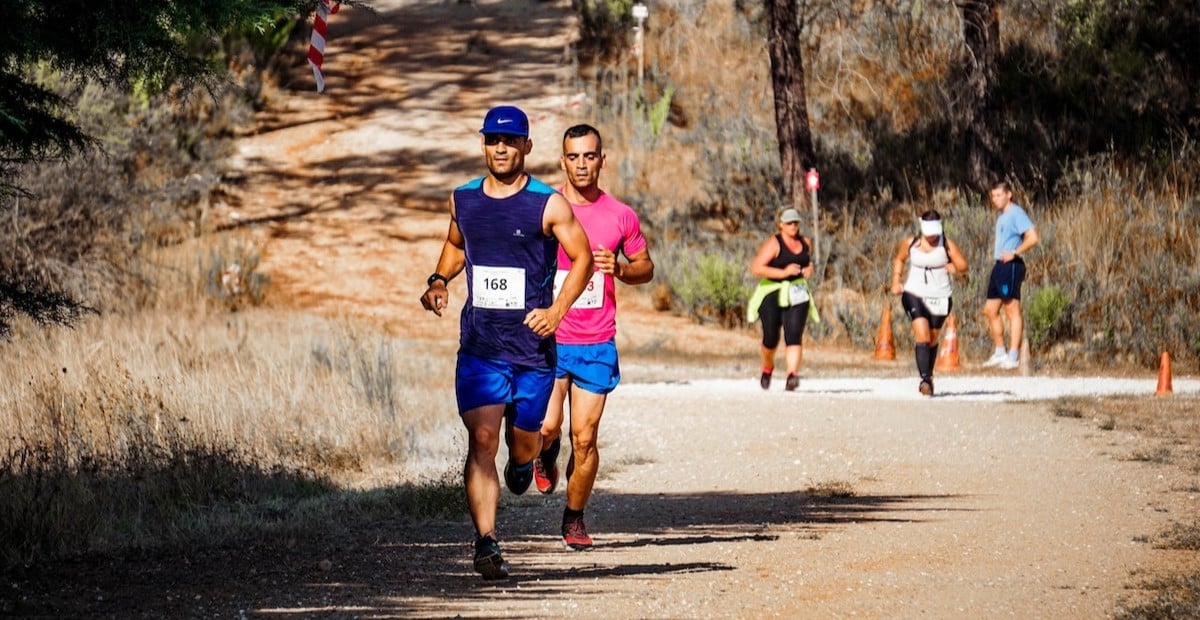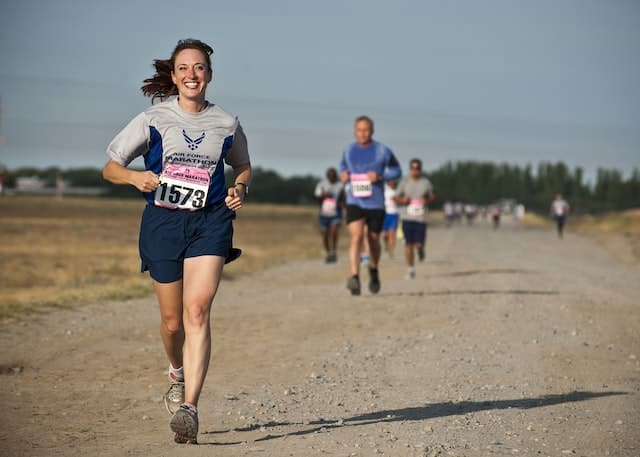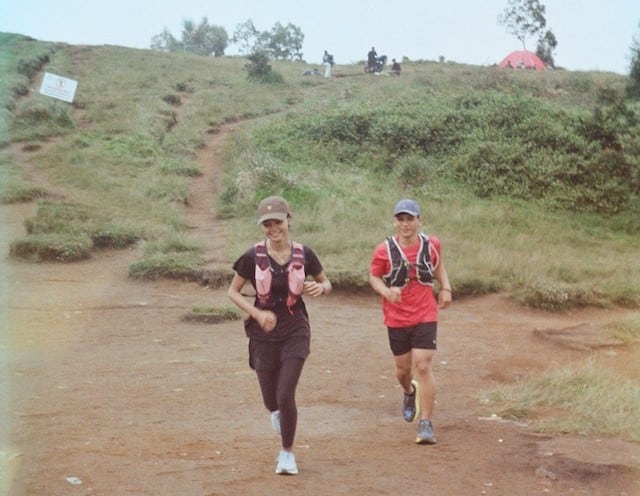
Contents
Becoming a budding fell runners target trainer with fell running techniques
Fell running isn’t for the faint of heart. Crossing jagged terrains and slippery surfaces is always going to come with risks. From trail running to mountain running, fell running is essentially off-road running.
While it may be easy to define, it’s a little less easy to perform. And just like technical machinery or dense marketing strategies, you need something to outline the process.
That’s where I come in.
We’ll be breaking down aspects of fell running like fell races, fell running shoes, the right technique for the right fell runner, fell racing tips and more.
If you’re the type to get a little bit bored of standard road running, then this may well be the next evolution in your fitness lifestyle. From developing higher levels of endurance to strengthening joint stability, flexibility, and anaerobic properties all round, fell running can do a lot more than just entertain.
Let’s get into it.
How to get started
Fell running takes a little time to get into. You have to consider a lot of different factors to acclimatise to the terrain, surface types, gradients and unlevel floor. So, forget a fell race for a second and just think about making it from stage to stage. As you can imagine, fell running races throw hurdle after hurdle: rough grass, rocky paths, up sheer hillside tracks and over streams, boulders and stiles, to name a few.
Make sure you’ve picked your route, got the right gear and are prepared to take it slow the first time down.
What to wear
I spoke about gear just then, and it’s for good reason. It’s vital that you have the right gear no matter the activity, but when you’re racing through what’s essentially a minefield, then just a few pounds of extra gear and an assessment of the right gear are essential.
You could do the following, as taken from Runners World – ”A good pair of fell shoes will be your most important piece of kit – everyday road shoes simply won’t cut it on the rough terrain and sheer slopes, especially in wet conditions. Look for models that sport a lower heel (reducing the risk of turning an ankle), have large studs on the sole (adding grip) and a snug-fitting upper. Walsh and Inov-8 are two of the most popular brands. We’ve summed up the best trail running shoes for 2022 here.”
Brilliant stuff.
Tips for safety
Naturally, we don’t want to be responsible for encouraging you to fell run without informing you of safety tips (disclaimer – any accidents sustained are most definitely your fault… ok?!).
Firstly, a good uphill running technique is needed. This involves being bent over at the hips, not the back, for stability, and arms out for balance.
For short races and very long races, both their difficulty levels are potentially high. So watch for weather, route difficulties, careful running, gear (compass, whistle, emergency food) and try to plan your route.


Conclusion
The fell running community is a very active one (the fell runners association and the fell running club to name but two groups you could get involved with). They always have tips and tricks, let alone racing buddies, so head on over and see what’s what.
FAQs
Is the Lake District a good spot for fell running?
Absolutely. Check out some maps now.